Use of Eichhornia Crassipes, Lemna sp and Salvinia Minima Plant Scrubbers in the Decontamination of Wastewater of Livestock Origin, in the Province of Imbabura
Introduction
Livestock activities are the basis of economic development at
the rural level and constitute food sources for the urban sector. In
Ecuador, the production of cattle and pigs has increased notably, so
in the reports of the last National Agricultural Census of the year
2000, it is seen that with respect to the Census of 1976 the increase
of these species has been 76, 80%, this has increased the economic
movement, but has affected the good quality of the water resource,
since contamination by livestock activity is frequent. However, if
an adequate treatment of these wastes is carried out, the negative
impact that is generated can be minimized and contribute positively
to rural development with the obtaining of other benefits [5].
Several investigations have been carried out in the province of Imbabura, with optimal results. The use of phyto-scrubbers is encouraging as part of Environmental Management in caring for the water resource. In this way, knowing the potential for treating wastewater of the plant species Eichhornia crassipes and Lemna sp, they were used at La Pradera Farm to include them in a productive decontamination system, continuing with research to treat wastewater. Salvinia minima was also included due to its accelerated growth and because it is found abundantly in coexistence with Eichhornia crassipes; for this reason, it is considered important to be evaluated as a phyto-scrubber.
Methodology
In the research, which was carried out at La Pradera Farm, located in the province of Imbabura, Antonio Ante canton, San José de Chaltura parish, a biodigester, 12 mini ponds, 7.5 kg of Eichhornia crassipes, 1.5 kg of Lemna sp. and 3 kg Salvinia minima. The Completely Random Design was used, with four treatments and three repetitions. When finding a significant difference between treatments, the functional analysis was performed with the 5% Tukey test. The variables that were evaluated in the laboratory and the methods used were: pH (potentiometric), Conductivity (conductimetric), Hardness (volumetric), Total Solids (gravimetric), anions and cations (atomic absorption), BOD (APHA 5210B), COD (5520 D), total coliforms (EPA 40 CFR). Percentage of dry matter, protein and fat. The average flow was 3 L / s. The biodigester was built, located at the outlet of the effluent with wastewater, at the outlet of the biodigester a system of pipes led the water to the ponds 0.50 m wide x 1.00 m long and 0.30 m deep. depth, which contained the three investigated species.
Results Evaluation and Discussion
Table 1 Overall result of the evaluated variables and their reference parameters
Variables pH and Electrical Conductivity (ds / m)
Graph 1 Eichhornia crassipes, Lemna sp and Salvinia minima decrease the pH levels in the wastewater, Eichhornia crassipes lowers the pH levels by 24.05% with respect to the control, this makes the water reach the optimal levels to be used in irrigation with Regarding this parameter, Lemna sp and Salvinia minima also decrease the pH values by 16.53% and 1.15% respectively. These results are consistent with the research carried out by Valderrama (1996) [6], in which he states that E. crassipes stabilizes the pH and contributes to producing values closer to the neutrality of the water. Eichhornia crassipes with 65.11%, followed by Salvinia minima with 20.9%, and finally Lemna sp with 27.9% decrease the concentrations of electrical conductivity. Eichhornia crassipes absorbs a large number of metals present in the water, tending to decrease the conductivity parameters, with this, what is stated by Valderrama (2005) is corroborated.
Variables Cations (Ca, Mg, Na, K)
Graph 2 Eichhornia crassipes reduces Ca concentrations by 33.3%, this phyto-scrubber is very easy to absorb this type of minerals due to its root and foliar structure, Lemna sp slightly decreases the calcium content of the water by 1.33%, but surprisingly Salvinia Minima contributes a greater amount of calcium to the water since it increased its concentration by 21.33%, probably due to the fact that this ion accumulates in its roots, the type of tangled roots that this species has and they save this mineral from the area collection at Lake San Pablo.
Eichhornia crassipes, decreases the concentration of Mg with respect to the wastewater of origin is 65.5%, Lemna sp and Salvinia minima also lower the levels of concentration of Mg by 22.8% and 18.71% respectively, this is evidenced in the absorption produced by these phytodepurative species. Eichhornia crassipes decreased the Na content in the water by 80.88%, Salvinia minima decreased by 61.1% and finally Lemna sp decreased by 53.1%, this confirms the research carried out by García et, in which it indicates that the aquatic species like E crassipes, they have a high affinity for adsorption and complexation with organic matter, cations and anions, assimilating them through the root. Eichhornia crassipes tends to decrease the amount of K significantly, the reduction percentage of it was 73.9%, Lemna sp and Salvinia minima also decreased this parameter, the percentage decreases were 65.2% and 45.4% respectively, with this it is verified what Valderrama (2005) [6] states in terms of the absorption of nutrients by aquatic macrophyte species is highly efficient in wastewater, being able to exceed 50% of their removal.
Variables Anions (HCO3, SO4, NO3, B, P, Cl)
Graph 3 Eichhronia crassipes achieved the highest percentage
of HCO3 removal with 57.2%, followed by Lemna sp with a decrease
of 21.4% and Salvinia minima had a reduction of this ion of 11.9%,
this is consistent with Orozco, Saimonds (2006), who point out that
floating macrophytes are capable of eliminating various substances
and ions dissolved in water by adsorption and absorption.
Eichhornia crassipes notably decreases the levels of SO4 in the
wastewater, decreasing 98.7% of it, Salvinia minima decreasing by
38.5% and Lemna sp by 25%, the three phytodepurating species
lower the levels of SO4 in a significant way. S. minima decreased the
highest amount of NO3 with 59.7%, E. crassipes and Lemna sp did
not decrease 50% of this anion. García (2012) [7] in his research
states that nitrates are not eliminated by ion exchange due to their
negative charge, rather they are transported as part of the residual
water, being easily assimilated to new plant tissues and eliminated
through the denitrification process by microorganisms present
in the middle, which happened in the investigation although not
significantly. Eichhornia crassipes significantly decreases the
amount of B in the water, thus its decrease is 84.6%, Lemna sp and
Salvinia minima also show a great decrease in 69.2% and 46.15%
respectively, which shows that the phytodepurating species they
highly absorb this nutrient.
Eichhornia crassipes, Salvinia minima and Lemna sp decreased
100% of the phosphorus present in the water. Rodríguez (2001)
[8] in his study of Hydrology and Groundwater uses Eichhornia
crassipes to reduce phosphorus levels, resulting in a 40-60%
decrease, in this research these values were exceeded with the use
of the three phyto-scrubbers. Eichhornia crassipes, Lemna sp and
Salvinia minima decreased chlorine concentrations, the removal
percentage was 4.2% for E. Crassipes and 3.6% for Lemna and S.
minima respectively.
Variables RAS, Hardness, Total Dissolved Solids
Graph 4 The Sodium Adsorption Ratio is decisive in the quality of the water, so that the waters that contain less than 1 are excellent for agriculture, from 1 to 2 are good waters, from 2 to 4 are considered regular waters, from 4 At 8 bad waters and more than 15 inappropriate waters, the values obtained through the phyto-scrubbers show the decrease of the RAS and as they fit into good evaluations, Eichhornia crassipes reached 0.91 RAS, making the water excellent, since it decreased 70.6% of This value, Lemna sp Salvinia minima and Lemna sp also lowered the RAS levels by 61.3% and 48.3% respectively. Eichhornia crassipes the best aquatic species to reduce the hardness of the water, with 54.2%, Lemna sp followed with a decrease of 15.3% and in the end the smallest decrease was had by Salvinia minima with 4.7%, E. crassipes is the only species plant that converts the average water hardness of the source water to soft, which makes this water more useful to be used in irrigation. Eichhornia crassipes decreased 80.2% of the amount of STD dissolved in wastewater, Salvinia minima had a reduction of 63.6% and Lemna sp decreased 54.2%, E. crassipes was the most effective species to decrease the amount of STD in water irrigation, this coincides with the research carried out by Valderrama (1996), in which he uses E. crassipes for the treatment of wastewater of agro-industrial origin and determines that this species is capable of eliminating more than 50% of STD of the water. Likewise, the percentages of decrease of E. crassipes coincide with those obtained by Camacho and Ordóñez (2008), who through their investigation of evaluation of recovery of wastewater systems with Eichhornia crassipes, determine that this species was able to decrease 83.69%.
Variables BOD5, COD and Total Coliforms
Graph 5 Eichhornia crassipes decreased by 75% of BOD5, Lemna sp decreased by 52.5% and Salvinima minima decreased this value by 30%, the values obtained in this investigation agree with other investigations carried out, especially Eichhornia crassipes that has been more studied. that Obando (2006) [8] through his research, achieves reductions of 89.3% of BOD5 with Eichhornia crassipes, 76.6% through Salvinia minima and 70.7% with Lemna sp; Rodríguez (2006) [9] with Eichhornia crassipes decreases the concentration of BOD5 in a range of 80-90%. Camacho and Ordóñez (2008), in their research, found that E. crassipes was highly effective in reducing BOD5 values, decreasing 56.84%. With the chemical oxygen demand (COD) Eichhornia crassipes achieves the highest removal of the three species with 78%, followed by Lemna sp with 71.5% and Salvinia minima decreases in 65.3%. Eichhornia crassipes, Lemna sp and Salvinia minima, which decreased Total Coliform Colony Forming Units from 4000 to less than 10.
Variable Percentage of Dry Matter, Protein and Fat
Graph 6 Eichhornia crassipes presented an accumulation of 9.42% of dry matter, 12.13% of protein and 1.14% of fat, being the species with the best bromatological characteristics in these principles, since Lemna sp weighed 9.36% of dry matter, 3.67% protein and 0.89% fat, finally Salvinia minima had 8.39% dry matter, 0.41% protein and 1% fat.
Conclusions and Future Work
With the use of the phytodepurators Eichhornia crassipes,
Lemna sp and Salvinia minima, it was possible to reduce the
concentrations of the evaluated parameters Ca, Mg, Na, K, HCO3, Cl,
SO4, B, RAS, hardness, STD, BOD5, COD and Total coliforms, being able
to reuse the residual water in irrigation. The best phytodepuration
species is Eichhornia crassipes since it reduces the values of the
essential parameters to determine the quality of irrigation water:
pH, electrical conductivity, Ca, Mg, Na, K, HCO3, Cl, SO4, B, RAS,
hardness, STD, BOD5, COD and total coliforms evaluated with
greater efficiency, compared to the other phytodepurating species
Lemna sp and Salvinia minima, it also has a better adaptation in the
field and can be used as an additional feed source for the livestock
of the farm (previous research), due to its nutritional properties
and their acceptability, for this reason the Wastewater Productive
Decontamination System of La Pradera Farm was implemented
with this species [10-12]. This research is the preamble to many other investigations,
since the efficiency of Eichhornia crassipes as a phyto-scrubber has
been determined, but there are still many other parameters to be
evaluated, and thus prove that phyto-scrubbers are excellent allies
in the care and maintenance of the environment [13-60].
For more Articles on : https://biomedres01.blogspot.com/
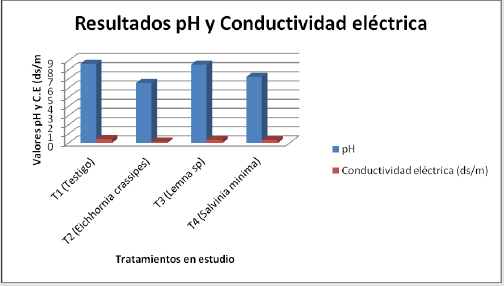
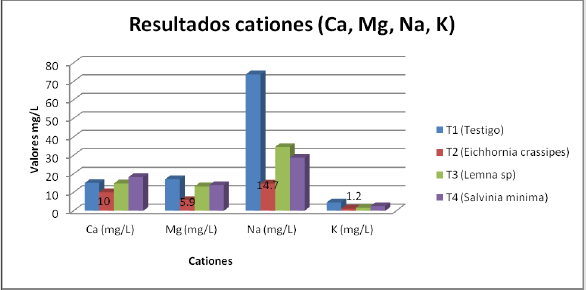
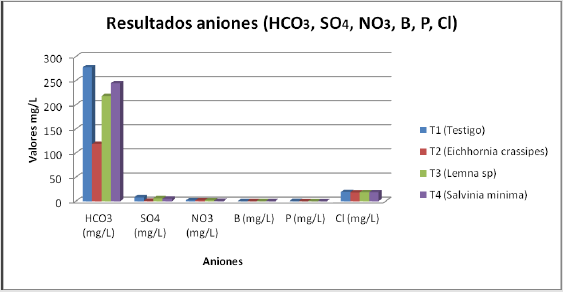
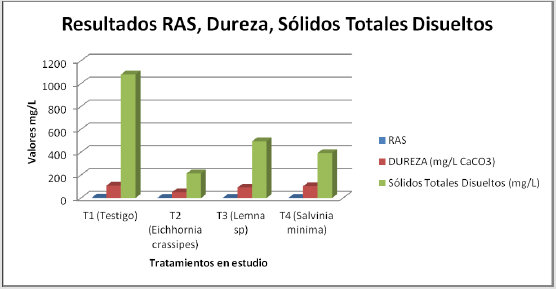
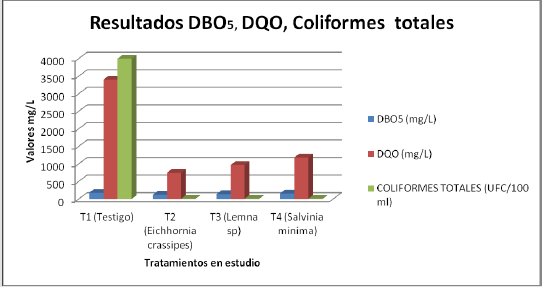
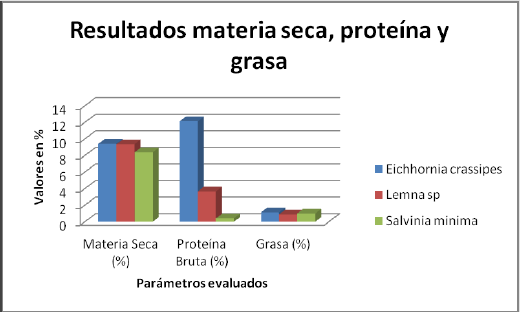


No comments:
Post a Comment
Note: Only a member of this blog may post a comment.